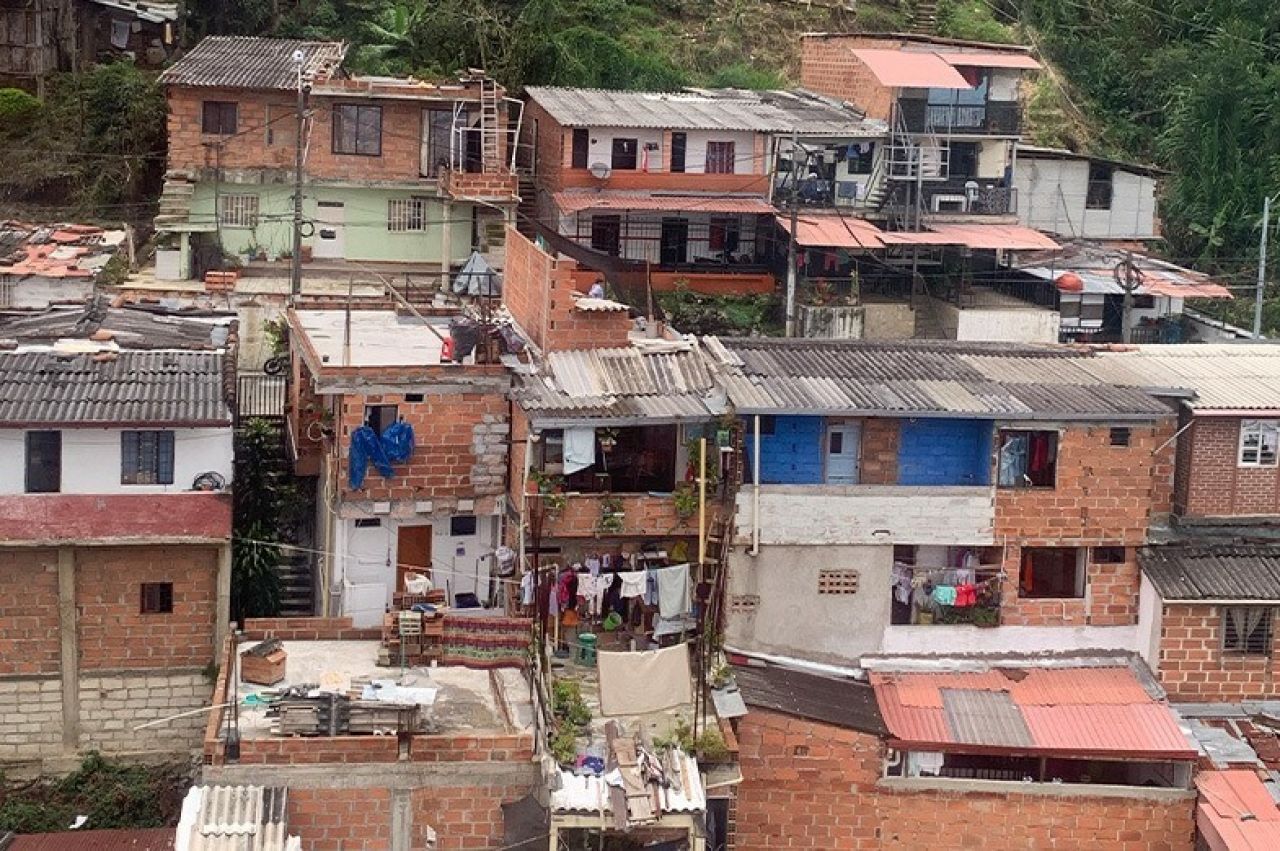October 05, 2023
Stuckeman symposium to highlight issues surrounding displacement in architecture

UNIVERSITY PARK, Pa. — The College of Arts and Architecture's Stuckeman School at Penn State will host a research symposium on Nov. 13-14 to examine the relationship between refugee displacement, climate and architecture. Titled “(Dis)Place: From tent camps to the future of urbanism – The architecture of migration," the event is presented by the Stuckeman School's three research centers: Ecology plus Design, Hamer Center for Community Design and the Stuckeman Center for Design Computing.
Stuckeman Center for Design Computing for the event, which will be held in the Stuckeman Family Building Jury Space and via Zoom, is free.
“Our goal is to bring together scholars and experts from different disciplines to tackle this multifaceted problem,” said Nasim Motelabi, the symposium chair and a doctoral candidate in informatics within the College of Information Sciences and Technology. “It's about urban planning, it's about refugee policies and it's about climate change and climate action.”
According to the European Commission, 108.4 million people were displaced worldwide by the end of 2022.
The symposium invites Penn State researchers across various disciplines to join the conversation and assist in setting a research agenda to tackle the issues at hand. Penn State students are invited to learn more about the research and learn about ongoing trends while engaging with academic and industry experts on the topic.
Motelabi, who earned her master's degree in architecture from the Stuckeman School, conducts research on humanitarian informatics and the implications of technologies in the broader context of forced migration and refugees' lifecycles. She also considers the countries receiving refugees and their management policies.
“The Afghan situation in 2021 and the Ukraine invasion in 2022 really triggered Penn State to pursue this topic,” Motelabi said. “How are urban designers or architects helping refugees in those countries that are displaced in urban areas? What is the toll that has on infrastructure and environment, and how can we actually plan ahead of time for these situations?”
The event will open at 9 a.m. on Nov. 13 with featured guest speakers and panel discussions in three sessions starting. Featured speakers include: Theo Issaias, special faculty member at Carnegie Mellon University School of Architecture and associate curator of the Heinz Architectural Center at the Carnegie Museum of Art; Achilles Kallergis, assistant professor at the New School for Social Justice and director of the Project on Cities and Migration at the Zolberg Institute on Migration and Mobility; Robert Beyer, data and research analyst at the International Organization for Migration; and Simone Sandholz, head of the Urban Futures and Sustainability Transformation Programme at United Nations University.
The second day of the event will be dedicated to a private workshop for invited researchers to start thinking about the next steps as to how they can start collaborating on this topic with an interdisciplinary approach.
“This is where our three centers come together to really showcase their work, and then try to stimulate collaboration,” Chingwen Cheng, director of the Stuckeman School, said about the symposium. “This will be a space to stimulate further conversations and innovative ideas moving forward to learn from each other and to explore what the next opportunities can be together.”
Learn more and register for the symposium via the event website.